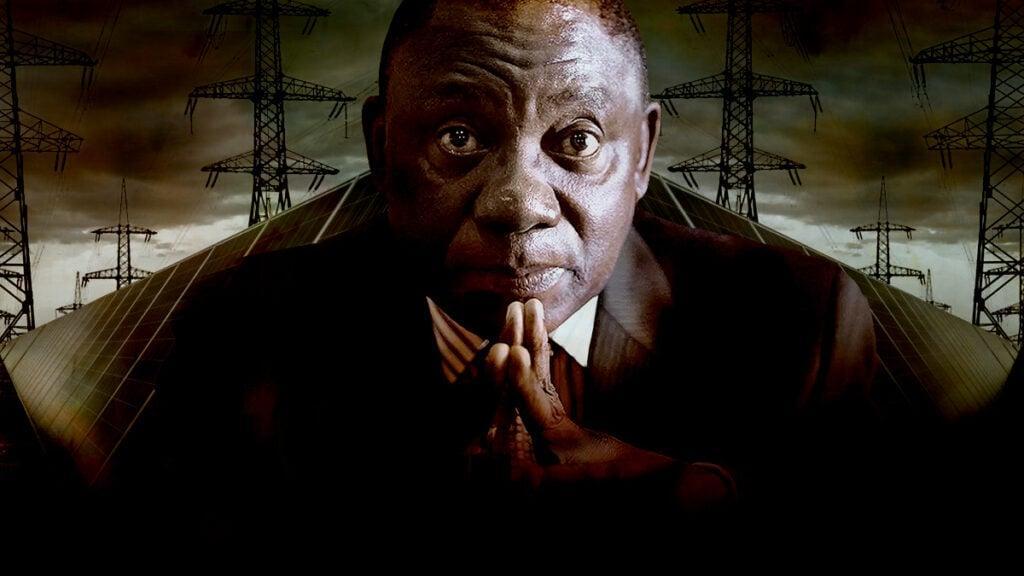Africa-Press – South-Africa. South Africa requires approximately R390 billion in financing over the next decade to integrate new generation capacity from privately funded renewable projects into the national grid.
If the grid is not rapidly expanded and upgraded, much of the additional capacity may never be connected to it, potentially plunging the country into another energy crisis.
South Africa urgently needs new capacity to come online, relieving pressure on current generation facilities and mitigating the impact of the planned decommissioning of some of Eskom’s coal-fired power plants.
Without this additional generation capacity, South Africa is likely to face a fresh load-shedding crisis in the coming decade.
This is feedback from Nedbank’s Corporate and Investment Banking (CIB) division, which outlined the financing needed to accommodate thousands of megawatts in new supply.
In its latest Energy Prospects report, compiled in collaboration with African Energy, Nedbank stated that South Africa’s entire electricity sector is set for a revolution.
Private generation projects are expected to rapidly come online in the coming decade and compete with Eskom in an open electricity market.
The total capacity of renewable energy projects in the private sector pipeline over the coming eight years has nearly tripled from 63 GW in 2022 to 172 GW in 2024.
As a result, it is estimated that South Africa needs to contract approximately 134 GW of additional grid connection capacity to ensure the projects in the pipeline can be integrated into the grid.
The supply areas where the most grid connection capacity is needed are Northern Cape (29.2GW), Free State (20.6 GW) and Hydra Central (18.7GW).
According to Eskom’s 2025 Generation Connection Capacity Assessment (GCCA), no grid capacity was available in either the Northern Cape or the Hydra Central, nor in the Eastern and Western Cape areas, with pipelines of 8.9 GW and 7.6 GW, respectively.
The largest grid capacity was available in KwaZulu-Natal – the only supply area where the pipeline was less than the available grid connection.
This is illustrated in the graphic below, which shows the available connection capacity in South Africa’s provinces and the capacity required for planned projects to connect to the grid.
Picking up the R390 billion bill
To expand South Africa’s grid to enable these projects to connect will require hundreds of billions of rands and thousands of kilometres in new transmission lines.
Nedbank estimated that over R390 billion will be required over the next decade to fund the grid expansion to accommodate the new renewable capacity.
This would be used to build 14,218 kilometres of additional high-voltage lines and 170 transformers, bringing approximately 106,000 MVA of transformer capacity online over the next ten years.
With the delivery of transmission infrastructure taking, on average, between seven and 10 years, it is estimated that the delivery rate needs to be scaled up by eight times to connect the energy generation required for energy security by 2030.
The transmission grid build rate would also need to increase from 300km to 2,300km per year, with a greater rate of investment and delivery required through to 2050.
In achieving these objectives, South Africa will follow the same path and, as a result, compete for resources with every major economy in the world.
The US Department of Energy’s National Transmission Planning Study, published in October 2024, found that an expansion of the US transmission system to 2.4-3.5 times its size in 2020 is needed.
Similarly, in its December 2024 monitoring report, the European Union Agency for the Cooperation of Energy Regulators (ACER) said, “annual grid investment in Europe is estimated to double until 2050, reaching up to EUR100 billion”.
The UK’s National Energy System Operator (NESO) said in 2024 that network expansion needs to happen at more than four times the rate of the last decade.
This means that South Africa will have to compete for components, with increased demand likely to result in increased prices and, thus, an inflated cost.
Eskom and the government also lack the financial capacity to make such significant investments in the grid, due to their substantial debt burdens.
As a result, private finance will be needed to fund the generation projects and the expansion of the grid, with public-private partnerships likely to be used.
For More News And Analysis About South-Africa Follow Africa-Press






